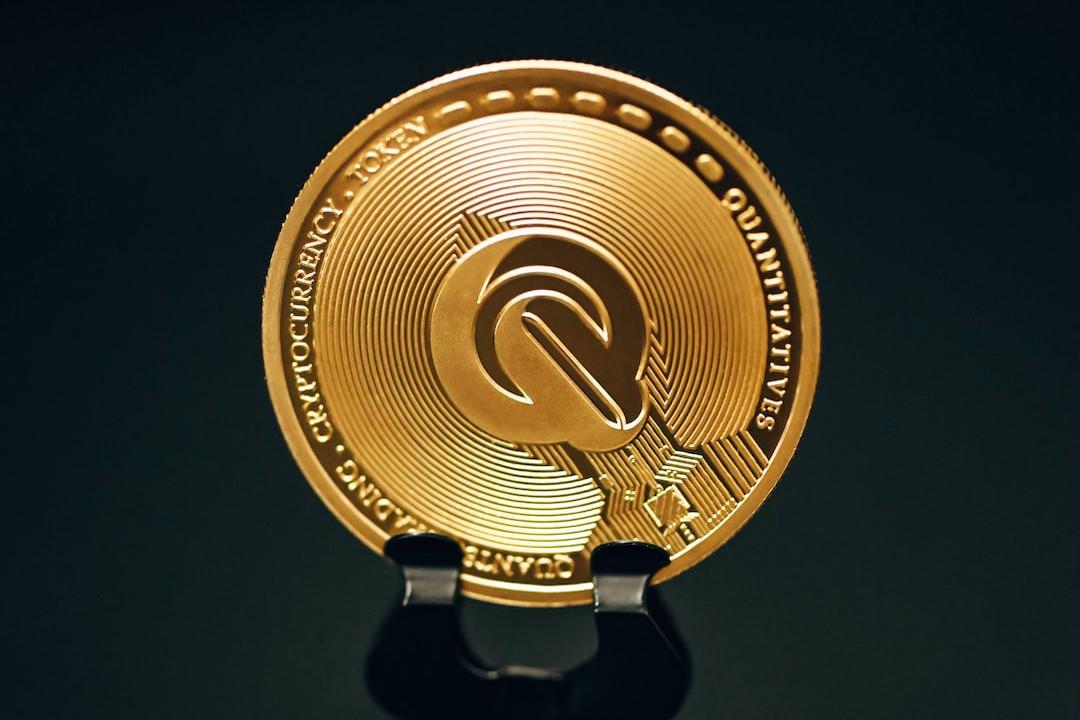Ripple

$
Ripple has permanently removed a total of 12 million tokens from its stablecoin RLUSD, aiming to increase scarcity in the market and elevate demand for the digital asset. This token burn not only reduces supply but also strengthens cross-chain compatibility by facilitating liquidity transfer between two different blockchains.
Token Burn and Supply Management
On April 22 at 11:05 UTC, Ripple sent 12 million RLUSD tokens to an inaccessible wallet, effectively taking them out of circulation. This action is part of commonly employed supply control strategies for blockchain-based assets. As supply decreases, the visibility of demand increases, piquing investor interest.
The minting of a new equivalent amount of RLUSD tokens to replace the burned ones stands out as a move aimed at maintaining market stability. By managing the liquidity within the system while ensuring supply-demand equilibrium, Ripple’s ongoing burn and mint operations are noteworthy strategies for balancing price volatility.
Liquidity Bridge and Cross-Chain Interaction
During the burn process, some RLUSD tokens were transferred to the Ethereum 
$
network, reducing the supply on the XRP Ledger. This transfer aimed to increase liquidity based on the Ethereum platform. Supporting a cross-chain structure not only provides technological flexibility but also allows investors to operate in a broader ecosystem.
The one-to-one value matching of stablecoin RLUSD with the dollar acts as a safe haven for investors. This feature has facilitated its listing on various exchanges, quickly expanding its investor base. Ripple appears focused on increasing adoption rates for this digital asset as it enters the market.
In light of these developments, RLUSD’s daily trading volume has experienced a significant surge. Recent data shows that trading volume has increased by 200%, reaching $102.96 million. Additionally, the total market value has surged to $294.07 million, indicating that the increase in volume has been fueled by both technical and emotional investor interest.
Ripple’s RLUSD initiative has not only impacted this asset but has also led to a visible rise in the price of XRP. The company’s stablecoin integrations have heightened interest in XRP, coinciding with market recovery expectations. This serves as a compelling example of how Ripple’s ecosystem-based strategies can influence investor behavior.
Gaining stability and trust in the crypto market is often achievable through direct supply interventions. The circulation control based on the burn-mint model of RLUSD clearly illustrates how Ripple manages its market impact. Moreover, cross-chain compatibility is a vital factor granting global relevance to the project.
By launching RLUSD, Ripple has not only introduced a new stablecoin but also signaled a strong commitment to actively managing this asset. Experts suggest that the frequency of similar burn and mint strategies in the future may support Ripple’s stable growth.


